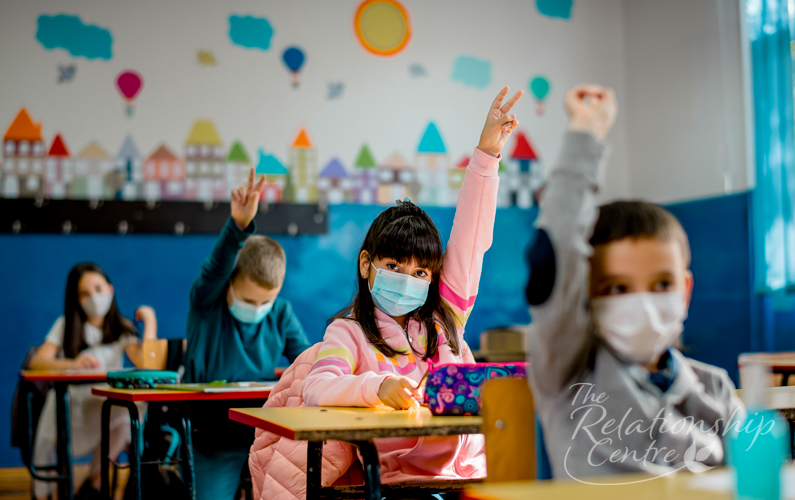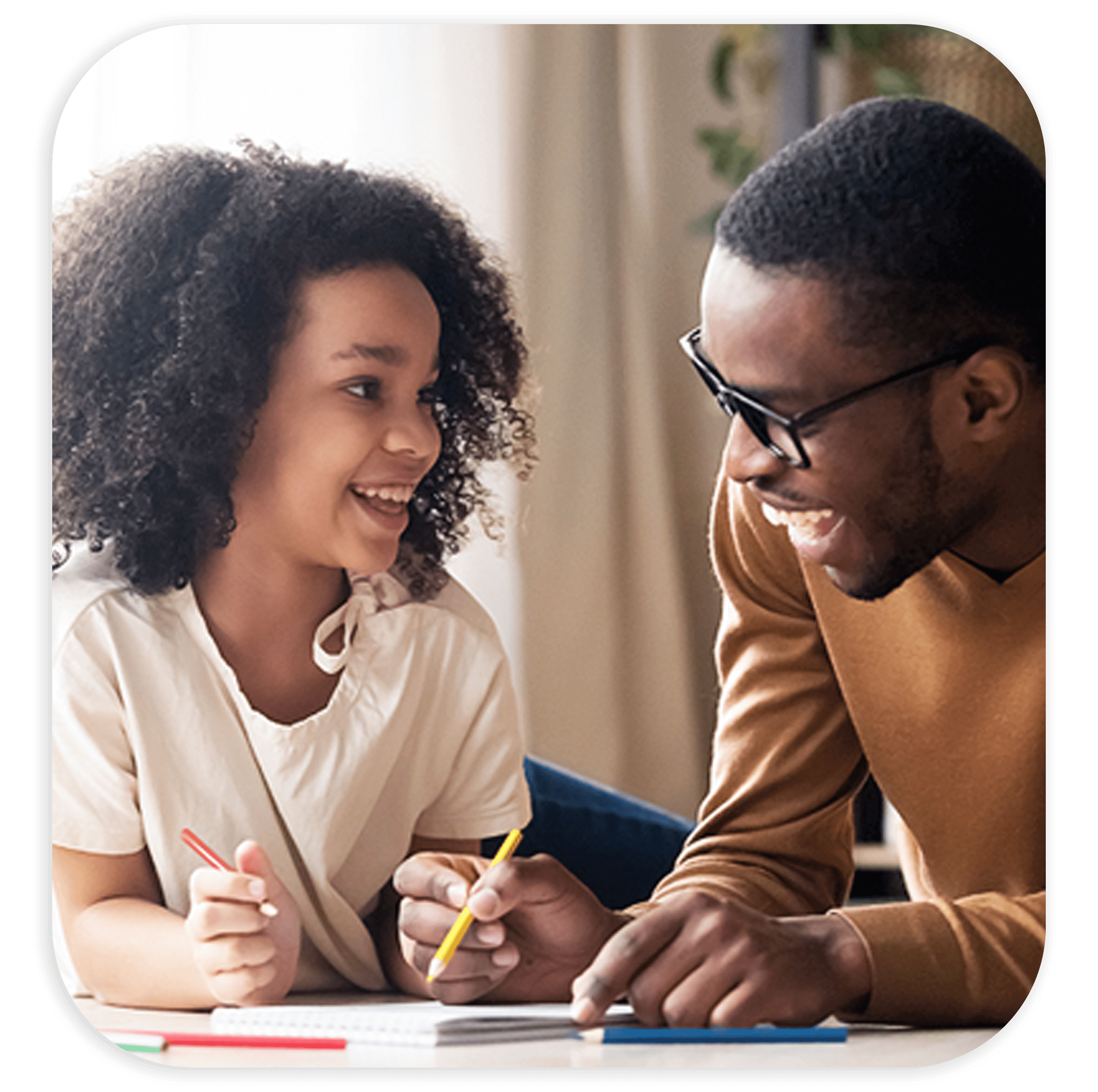Over the last year and a half, the COVID-19 pandemic has changed the way we do many things. For some, that included switching to remote work. For kids and teenagers, that meant turning to virtual learning instead of going to school in person.
Now, thanks to the success of the vaccine rollout and other measures to slow the spread of COVID-19, many kids will head back to an in-classroom setting this fall.
The pandemic is nowhere near “finished,” but many schools are taking extra precautionary measures to keep students and teachers safe throughout the year. Still, that doesn’t mean your child will be completely at ease over the idea of heading back.
So, what can you do to help your student transition back to an in-classroom setting?
Talk to Your Children About What to Expect
Uncertainty has been a major problem for kids and adults alike over the last year. It often seems like things change in an instant. That leaves a lot of confusion, frustration, and even fear in people who simply aren’t sure what to do.
While many schools have rolled out plans for what to expect in the upcoming year, it’s still important to make sure your child knows what they might have to deal with. Talk to them ahead of time about everything from mask-wearing to restrictions that might be in place.
When kids know what to expect and understand that they’ll have a certain “routine” to follow, it can provide a sense of comfort. No one wants to be surprised by something that can change the way they do things each day. Having a talk ahead of time about how this year might be different can make that first day more comfortable for your student.
Practice a Routine
If your child has been participating in remote learning, one of the best things you can do is to get them back on an in-person schedule. That starts by creating a routine now (at the end of summer) that will carry over into the school year.
That routine should include going to bed at the same time each night and waking up at the same time each morning. It’s crucial that your kids get enough sleep for both their physical and mental well-being.
Make sure your child starts waking up early enough in the morning to have time to eat breakfast, get ready for their day, and either catch the bus or ride along with you. By starting a routine now, having it in place when school starts won’t seem as overwhelming.
Keep Checking In
Even though there is a sense of normalcy in going back to school, this year will undoubtedly be different. There will be challenges. There will be changes throughout the year. Pay attention to your child, and be aware of any struggles they might be going through.
Periodically, check in with them. Even if they seem fine, they could be feeling overwhelmed or stressed but having a hard time fully expressing it. When they know you care enough to check-in, they’ll be more likely to open up. That can help prevent issues like anxiety or depression. Or you can at least let them know that help is available if they’re struggling with the transition.
As a parent, you know your child better than anyone. Pay attention to any negative signs or changes in their behaviours as they head back to school in person. By preparing ahead of time, establishing a routine, and checking in to keep an eye on your child’s mental health, you can make the transition to an in-classroom setting easier and less stressful for both of you.










